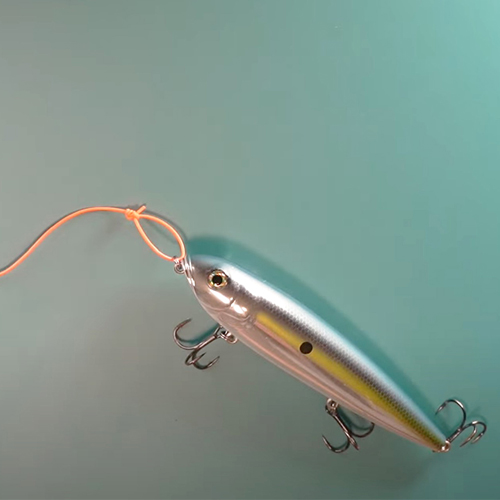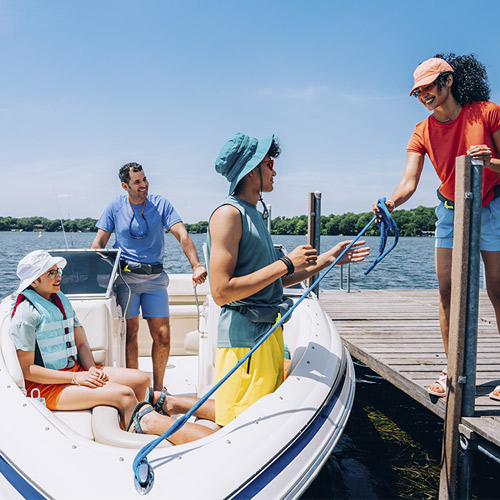FishSmart Conservation Project
The new FishSmart Red Snapper and Red Drum Conservation Project teaches important catch and release fishing practices that add value to conseration efforts now and for the future.
Red Snapper and Red Drum Conservation Project
The new FishSmart Red Snapper and Red Drum Conservation Project seeks to promote best practices for releasing fish and encourage greater awareness and use of tools proven to improve fish survival. Working in partnership with state fish and wildlife agencies, industry and other organizations, descending devices for deep water fish and short leader rigs for red drum will be distributed to anglers throughout the region, along with best practices for handling and releasing fish. Through participant surveys, valuable information will be gathered on the use of these tools and techniques that can help form better management decisions in the future.
FishSmart Partnerships
Thank you for your interest in the FishSmart South Atlantic Red Snapper Conservation Project. Enrollment in this is now closed. We encourage you to practice Best Practices for catching and releasing fish to save the fish for the future













Red Drum Fishing Techniques
FishSmart is partnering with agencies, companies, and organizations and anglers to improve the survival of red drum that are released in the South Atlantic. Studies have suggested that using “short leader rigs” when fishing with live bait can reduce the incident of deep hooking, making it easier to release red drum and causing fewer injuries to the fish.
In fact, some states require the use of short leader rigs during certain seasons and in certain areas. A short leader rig is easy to make or buy: an in-line circle hook with a fixed sinker not less than two ounces in weight, secured not more than six inches from the fixed weight to the circle hook.
Watch this video on using a short leader rig.
Snapper and Grouper Fishing Techniques
Snapper and Grouper, and many other reef fish, caught deeper than 30 feet may be subject to a build-up of gases that make it difficult for them to go back down. To help improve the chances that this fish survive, learn the signs of barotrauma. Learn more about catch and release in this video from Fishmart.
These videos will help you improve your handling and release techniques:
Red Snapper Down with Cap’n Spud
Best Practices to fish for Snapper and Grouper
About FISHSMART

FishSmart is a program developed by anglers, sport fishing companies, and fisheries managers to help improve the survival of released fish. Follow these simple FishSmart guidelines to do your part of making fishing better for tomorrow through your actions today.
Download the Best Practices Flyer to take with you.
Choose the Right Tackle: One of the first things you can do is select tackle that matches the size of the targeted species in order to minimize stress on the fish. Choose the right tackle to minimize stress on the fish.
Plan Ahead: Expect to release fish on any given trip and prepare the equipment necessary to do so.
Avoid: Develop skills to target the size and species you desire so the need for releasing fish is reduced.
Steps to Release a Fish
- Use wet hands when handling a fish or a knotless rubberized landing nets.
- Hold the fish horizontally whenever possible since this is the way fish naturally swim through the water. Do not drop the fish onto hard surfaces!
- Keep your fingers away from the gills and eyes of the fish.
- If needed, use a release tool (dehookers, recompression tools) to minimize handling.
Know the current fishing regulations that apply to the state where you are fishing. Watch the FishSmart Catch and Release video to learn more.
Deep Water Release
Saltwater fish caught in deep water may be suffering from “barotrauma,” a buildup of swim bladder gases that makes it difficult for them to go back down. Generally, fish caught deeper than 30 feet will suffer some effects. Follow these basic tips:
Recompression: Rapidly returning fish to depth is the method of choice for returning barotrauma affected fish. A variety of tools are on the market, including descender devices, release weights & baskets, etc.
Return to Depth: Return fish to the depth of capture. If catching fish at very deep depths, returning them as deep as possible will dramatically improve survival.
Venting: If rapid descent is not possible, venting is another option. Use established guidelines for venting such as found at Catch and Release.
Now that you know how to catch and release fish using conservation-friendly practices, be sure to apply these steps on your next fishing trip.
KEEP LEARNING

How to Tie the Non-Slip Loop Knot
The non-slip loop knot is a popular and reliable choice for securing hooks, lures, and other tackle to your fishing line.
LEARN MORE

Socials
Take me fishing social media links
LEARN MORE

TakeMeFishing x Teen Vogue
Join us on a creative journey as fashion designer Ahmrii Johnson walks us through her collaborative vision and process with Teen Vogue and fashion brand, Rentrayage, to create a special piece.
LEARN MORE


.png?lang=en-US&ext=.png)